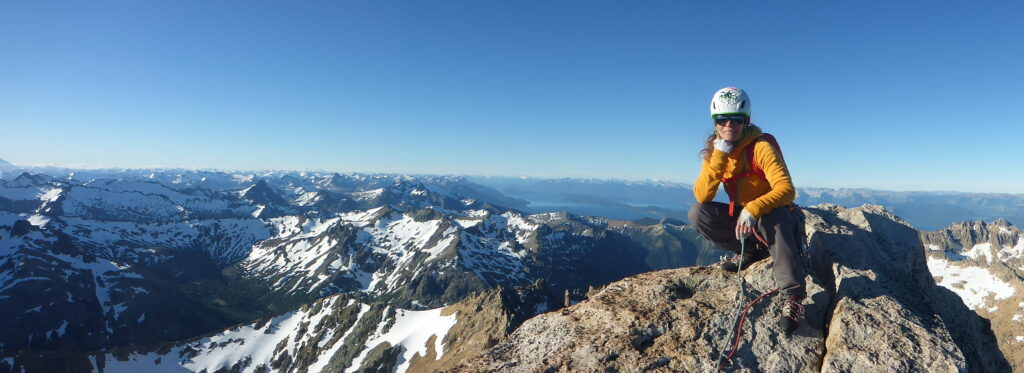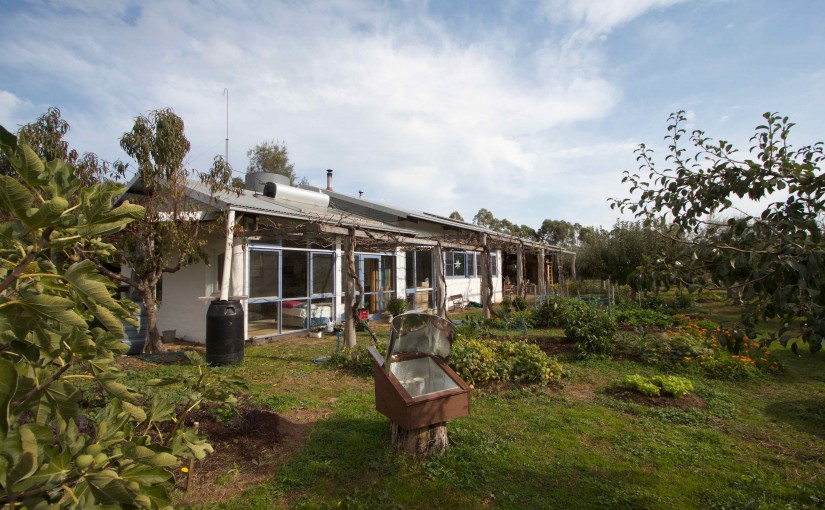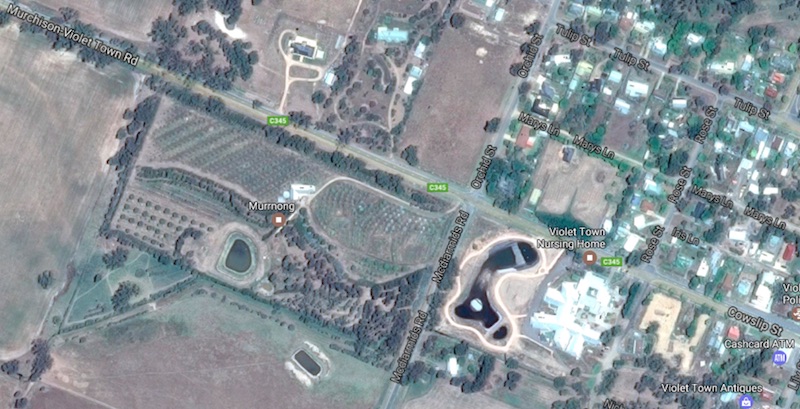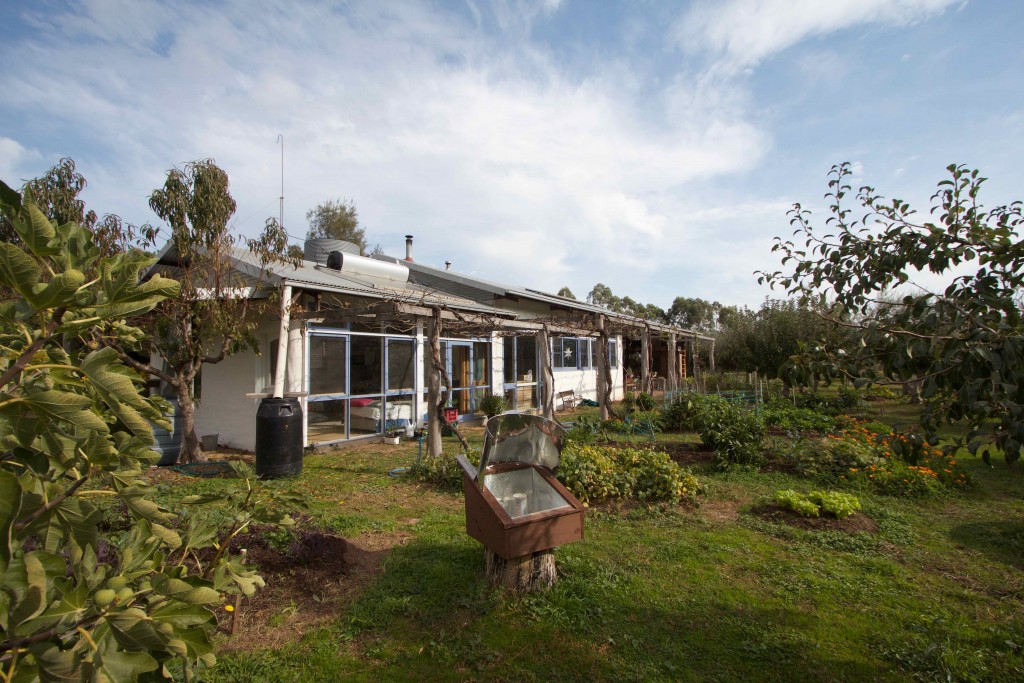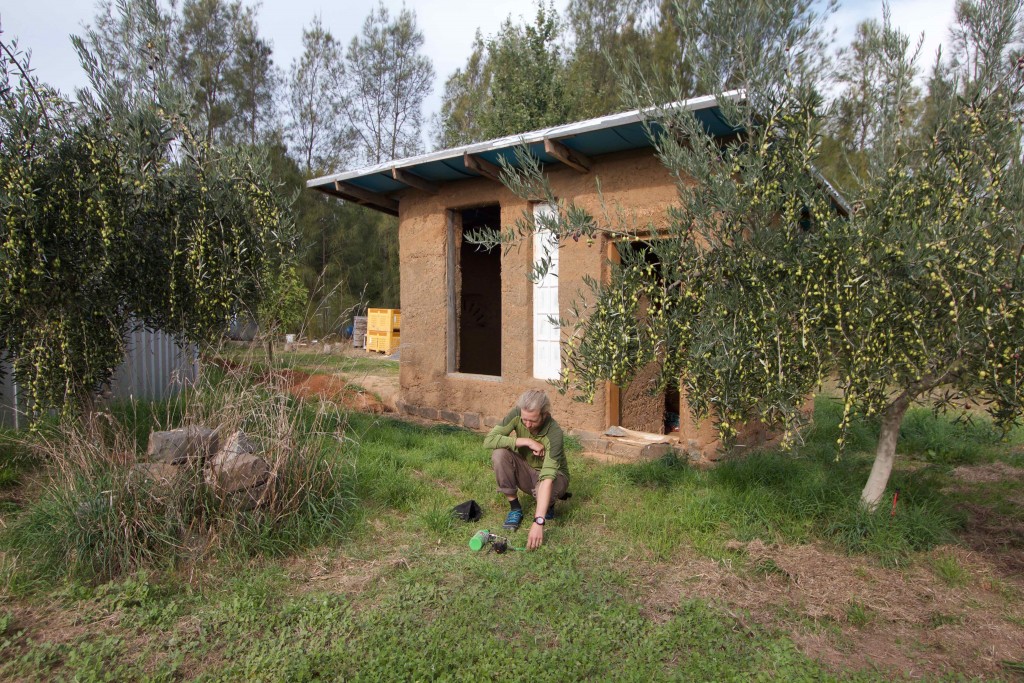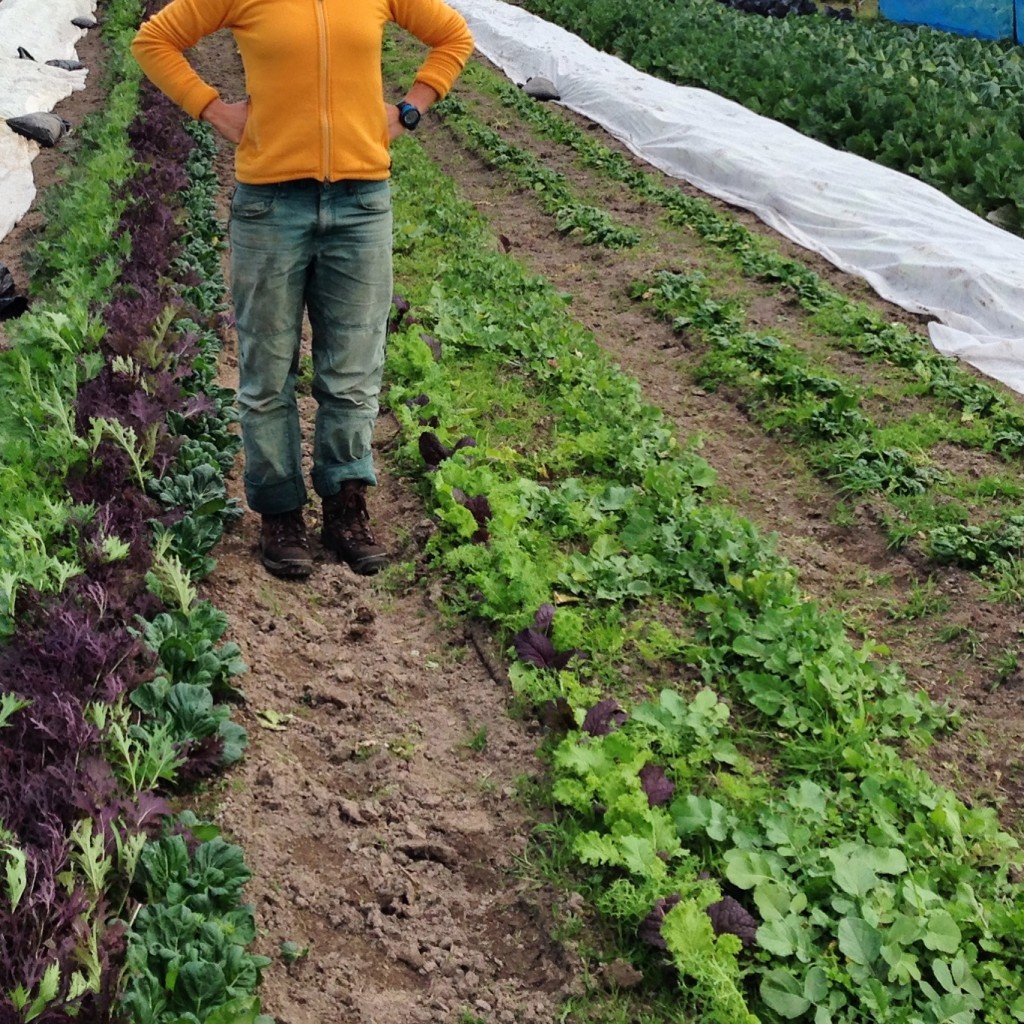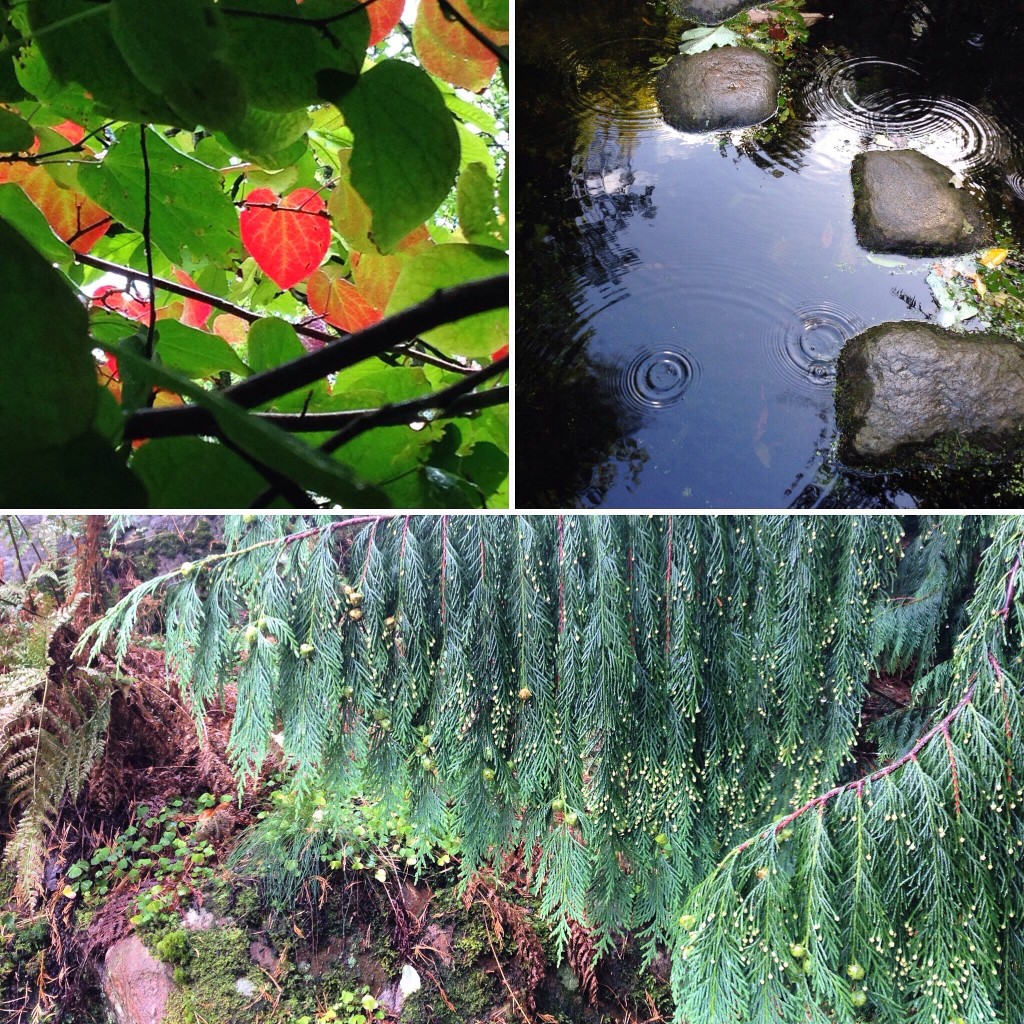I am sitting here all on my own, sipping on a glas of red wine, silently relaxing in our summer home in Bohuslän. Soon, this will be our permanent home.
I am finding it hard these days to take the time to reflect upon life, dreams, the state of the world, my own direction and other such larger-picture perspectives. I miss it, but also don’t have the time to miss it.
Having a baby daughter to care for together with my partner whilst running a market garden at work, I’m deep in the canyon of my own life. Hmm. Somewhere up there other things are going on, but I’m not fully aware anymore. It is admittedly somewhat scary to feel out of touch, but I can see that it’s a parental phase and that I’ll come through. Anyways.
Pause. A deer runs past in the low evening light, completely ignoring me.
Perhaps this cycle in my life begun after our long journey, coming home, r e a l l y wanting to dig my heels in and give the idea of small scale farming a solid chance. It’s such an absorbing and broad field of knowledge, so many things to learn and to try. By now I have worked my as off as farmer and manager for roughly three and a half years. It’s been extremely rewarding and enlightening, but since I’ve also become a mother during this time some perspectives have shifted. I’ll be giving small scale farming my best until the end of this year, then comes the next chapter in Klaras life.
You see, I’ve signed a new job contract, and I feel so proud!
It’s the kind of job I’ve been dreaming of since being a kid, way before wanting to try market gardening and farming as a meaningful living. It’s the kind of job that calls into action all the observations and experiences undertaken throughout a life lived in awe of nature. In a way, it’s just a continuation of the work as a market gardener, because it speaks to the same values of keeping things simple, local and connected. In this new role, however, I’ll be focusing far less on producing biomass in the form on food and instead I’ll direct my energy into stabilizing and regenerating ecosystems because of their own intrinsic value. What’s the job title?
I’m gonna be a conservationist. M-hm. Yes.
YES!
A conservationist working for Västkuststiftelsen, a foundation in charge of the maintenance of roughly 270 different nature reserves along the Swedish west coast. Twenty or so off these reserves just south of our summer home will now fall under my care. Weeee! I’ll be joining the organization part time come November, simultaneously finishing the EU- project which spawned the Model Farm, and then shift over completely from the first of January. The job means I’ll be planning, doing hands on work solo and/or together with colleagues and that I’ll meet up with contractors and farmers involved in the management and maintenance of the reserves. It seems like I’ll be doing a lot of what I am good at, in places which I absolutely love, and so honestly: I am f-cking thrilled!
I have been keeping this to myself and my closest circle for a month, because most of the people I’m currently working with are on vacation and I wanted to break the news that I’ll be leaving in a nice way. But, c’mon, I’m excited, I wanna tell the world! This job is our ticket out of Gothenburg, this job allows Tim and I to move with Maya up to our house in Bohuslän. Fi-na-lly.
A toast, to not forgetting the larger perspective and to the sweetness of living your dreams!
